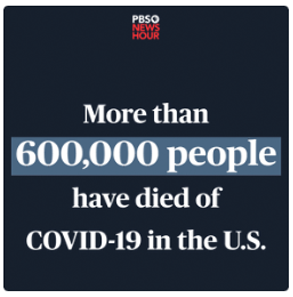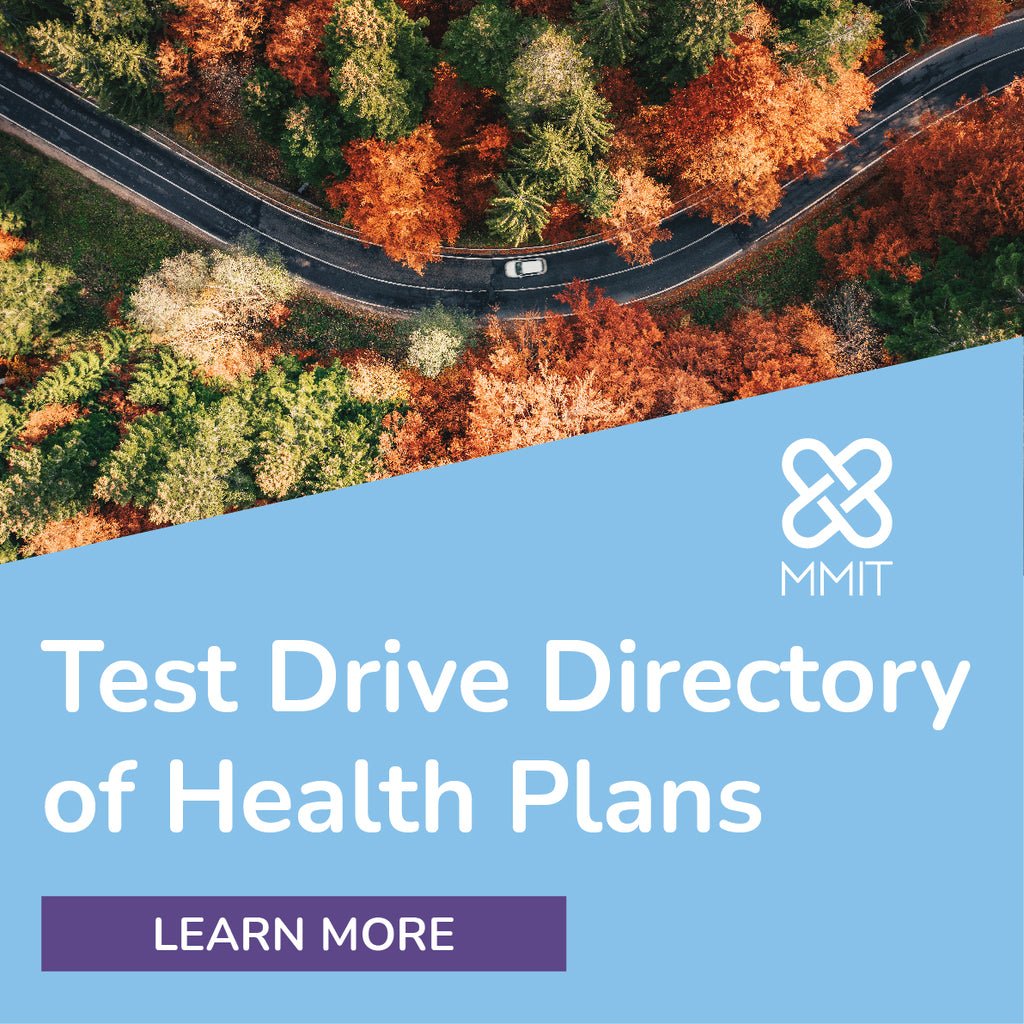Radar on Drug Benefits
-
Copay Amounts Have Significant Impact on Cardiovascular Medication Adherence
People with higher copays are significantly less likely to adhere to their commonly prescribed cardiovascular medications than those with low copays, according to a study published this month in JAMA Network Open. Utibe R. Essien, M.D., the study’s lead author, tells AIS Health the variations in adherence based on copays are “striking” and could have broader implications if some of the drugs are approved for obesity as expected and become even more widely used.
Utibe adds that people who do not take these drugs could have serious medical complications, leading to more of a health burden for them and financial burden for payers due to the high costs associated with hospitalizations, emergency room visits and other expenses.

-
CMS Unveils New List of Drugs Subject to Medicare Part B Inflation-Based Rebates
CMS on June 9 revealed a list of 43 Medicare Part B drugs that will be sanctioned for having their prices increase faster than the rate of inflation, as part of the Inflation Reduction Act (IRA). The number of drugs affected is almost double the number that made CMS’s initial list, which the agency made public in March. Starting in July, beneficiaries who normally pay 20% coinsurance under Part B for the 43 drugs will see their cost sharing decline based on an inflation-adjusted price. The federal government will invoice manufacturers for 2023 and 2024 Part B inflation rebates no later than fall 2025, and those funds will be deposited into the Medicare Trust Fund.
Seven of Amgen, Inc.’s medications made the list, including its blockbuster bone cancer treatment Prolia, cancer medications Kyprolis, Vectibix and Blincyto, and Nplate for immune thrombocytopenia.

-
News Briefs: PhRMA, Drugmakers Sue Over Medicare Drug Price Negotiation
The Pharmaceutical Research and Manufacturers of America (PhRMA) sued the Biden administration over Medicare drug price negotiation and inflation cap provisions in the Inflation Reduction Act (IRA), arguing that the policies are unconstitutional. Two patient assistance groups, the National Infusion Center Association and the Global Colon Cancer Association, joined the lawsuit, which was filed in the U.S. District Court for the Western District of Texas, per a PhRMA press release. The U.S. Chamber of Commerce, Bristol Myers Squibb, and Merck & Co. Inc. filed their own lawsuits against the drug price provisions of the law in recent weeks, and Biogen Inc.’s CEO said that his firm may do the same. The Chamber of Commerce was a major financial backer of legal efforts to overturn the Affordable Care Act during the 2010s, and it filed an amicus brief in support of the lawsuit that ultimately led to the U.S. Supreme Court’s move to strike down mandatory state Medicaid expansion.
-
CVS Exec Says Employers ‘Shape the Economics’ of PBMs
With the Federal Trade Commission investigating major PBMs’ business practices and reform measures gaining momentum in Congress, executives of the country’s three largest PBMs have been busy assuring investors and analysts that they can withstand the heat. The recent Bernstein Strategic Decision Conference proved no exception, as CVS Health Corp.’s chief financial officer made the case there that employers and health plans — rather than PBMs — are in the driver’s seat when it comes to deciding how contracts are written.
Industry experts tell AIS Health, a division of MMIT, that while it is true that some employers may prefer the status quo, that’s certainly not the case universally. And they say the argument that employers and health plans use “sophisticated consultants” ignores the fact that those same consultants can get paid hefty sums by PBMs when they win contracts.

-
In Drug-Pricing Dispute With Humana, Walgreens Accuses Arbitrator of ‘Betrayal’
Walgreen Co. filed a lawsuit last month asking a judge to overturn a $642 million arbitration judgment awarded to Humana Inc. pertaining to a dispute over drug pricing. The pharmacy giant alleged that it was seeking the reversal in part because a law firm that used to represent Walgreens allegedly switched sides and encouraged Humana to seek the arbitration. “This arbitration began in betrayal and ended in a miscarriage of justice,” Walgreens’ filing claimed.
The case highlights a common disagreement between payers and pharmacies over reimbursement, although it is unusual to see a company blame a law firm for sparking such a clash, according to a lawyer and pharmacist who spoke with AIS Health, a division of MMIT.












